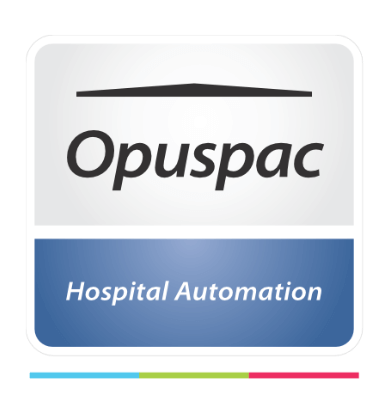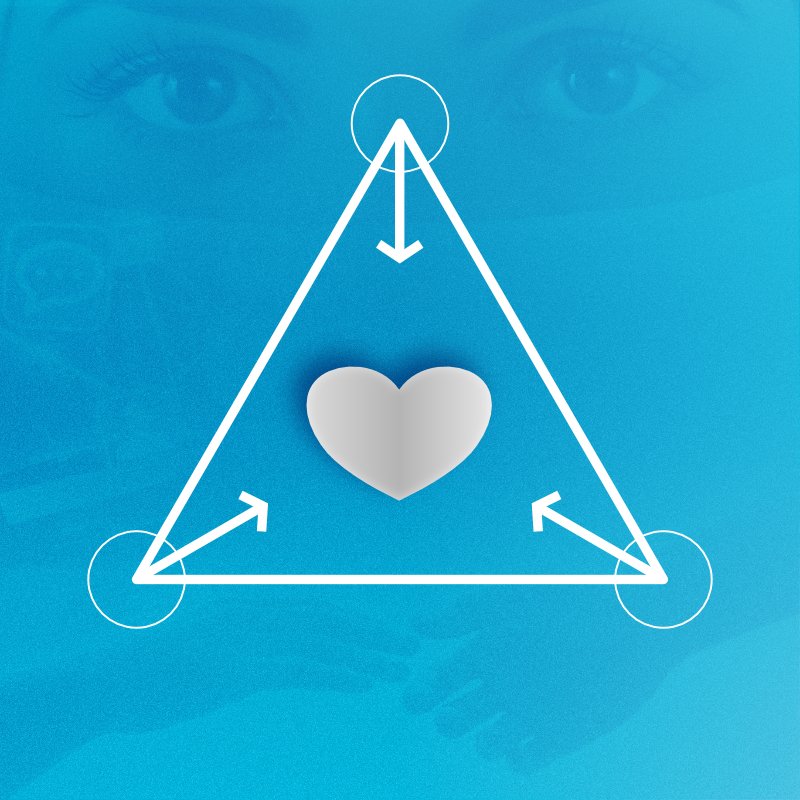Introduction
The current healthcare system, in addition to failing to invest in disease prevention, lacks integration or teamwork, and is fragmented.
Patients do not receive the attention and care they deserve and need.
The lack of safety causes countless incidents throughout Brazil.
Actions capable of involving disease prevention, better care focused on patients who are already ill, always with cost reduction, are necessary.
These are the principles of the Triple Aim.
Hospitals must become proactive members of society. Their collaboration with patients has to be constant so that the patient is not hospitalized again.
It is necessary to update the concepts of hospital care that determined hospitals as the center of attention to define actions that prioritize patient safety, with the idea that it is better to have an empty bed in the hospital, that it is necessary to prevent diseases, reduce admissions and have fewer surgeries and examinations.
Actions that promote the improvement of the quality of life of societies that have hospitals as partners in these social movements.
Healthcare was already defined in 1980 by the Lebanese physician Avedis Donabedian, who proposed seven pillars: efficacy, effectiveness, efficiency, optimization, acceptability, legitimacy and equity. And through them it is possible to bring about various changes in healthcare related to Patient Safety for the continuous improvement of this area.
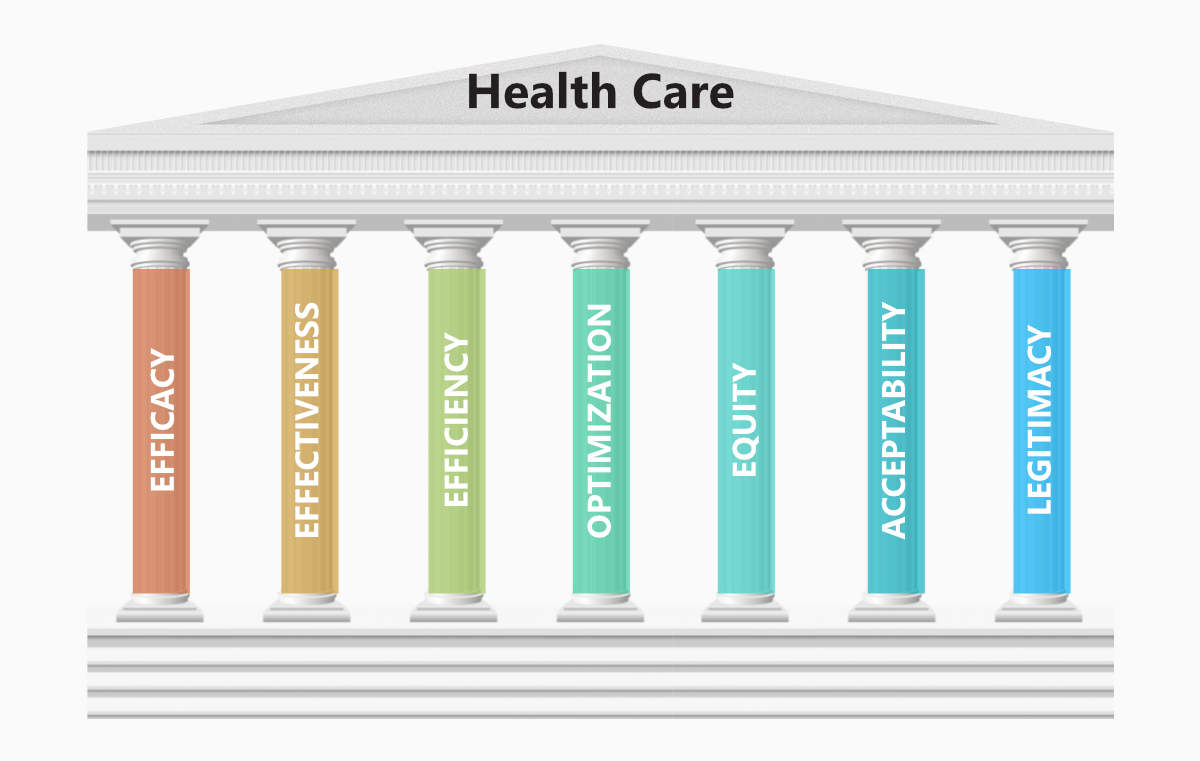
Figure 1. The 7 health care
EFFICACY: This is when results are achieved. In healthcare, for example, for treatments to be efficacious, ideal conditions are needed, such as better healthcare services and good equipment.
EFFECTIVENESS: Effectiveness in health refers to the planning of what is to be done. It is directly related to efficiency. For example: when there is an improvement for a patient due to a certain treatment used.
EFFICIENCY: It means providing the most effective treatment at the lowest possible cost.
OPTIMIZATION: It is related to the cost-benefit relationship that fosters the culture of improvement, since it seeks to improve existing processes. Reducing the time of a treatment while reducing costs and maintaining or improving its effectiveness is an example of optimization.
EQUITY: In healthcare, it means distributing care and benefits impartially to all patients.
ACCEPTABILITY: It implies the adaptation of patients and their families to treatment. This is related to the accessibility of healthcare, the cost of treatment, the doctor-patient relationship and the comfort of treatment.
LEGITIMACY: This is related to the respect and accountability of the organization to society. An example is when a hospital is a reference in the treatment of a disease.
What is TRIPLE AIM?
It is a triple aim tool to identify social needs in healthcare systems and promote quality and safety while optimizing costs.
It is based on the pillars of quality improvement mentioned in Figure 1.
The triple aim was developed in 2008 in the United States by the IHI – Institute for Healthcare Improvement. One of its creators was Donald Berwick, a renowned physician and always present in the development of the concepts and foundations of Patient Safety.
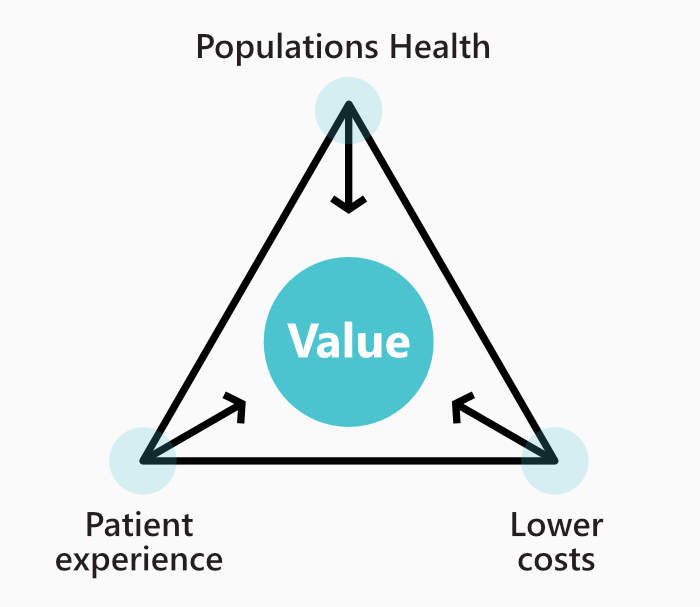
Figure 2: Triple aim
- Promote the health of populations (elderly, chronically ill, children, etc.);
- To improve the patient’s healthcare experience (quality and satisfaction);
- Reduce waste.
The three objectives of the strategy aim to balance the healthcare system:
The main objective of the proposal is to promote health, thus preventing diseases and closely monitoring patients’ health.
Concern for patient satisfaction in their care directly interferes with their adherence to treatment, which has the effect of improving their recovery.
In addition, healthcare is beginning to be measured by the results obtained, rather than by the quantity or volume of services provided. In this aspect, there is a reduction in the costs of care.
This approach in healthcare is part of value-based care, a model whose values depend on efficiency, not on the inputs used.
In Triple Aim, the interaction and cooperation of all participants in the system is fundamental.
- Hospital
- Patients
- Clinical staff
- Providers
- Operators
Although the patient is at the center of care, there is also a look outside the business that reaches out to communities and reaches specific populations, always without waste and with the best costs for diseases.
The management objective with a triple aim broadens the vision of the business and efforts will be more focused on improving processes.
Thus, the reduction of therapies or diagnostic tests is obvious.
For IHI, it is very important to emphasize community health, empower individuals and families, increase community services, as well as carefully monitor patients’ health throughout their lives.
What are the advantages?
Patients can expect less complex and much more coordinated care.
And by reducing per capita costs of patient care, it will allow businesses to be more competitive and have more freedom in their budgets, with flexibility to invest in community vitality and economic well-being.
Another important benefit is the reduction in the average length of stay of patients in the hospital. It allows for higher bed turnover, higher hospital occupancy rates, higher patient volume per day and increased hospital discharges.
Triple Aim benefits both institutions and patients.
Some of the benefits are:
- Healthier populations, as problems will be identified earlier;
- Identification of the major health problems in the community and the best solutions to these problems, allowing greater control of spending and less pressure on healthcare budgets, allowing investment in schools, housing and the environment;
- Successful healthcare systems that deliver quality care at optimal cost.
The changes
IHI will need to stratify the needs of its populations to improve the health of all.
Support will be needed to develop the capacity and skills of employees, and to enable evaluation by the population.
Patient perceptions of quality of care need to be analyzed, because patient experience is part of the approach.
People need to be trained to have personal responsibility, the ability to understand situations, and the awareness to know that helping others and promoting wellness is a challenge, but it is part of behavioral and cultural change.
An example of healthcare value change is virtual knowledge dissemination. It is capable of improving outcomes.
Even without conferences, fairs, forums, face-to-face courses, the entire population interested in health, during the Coronavirus pandemic, can have access to free and quality information, in national or international institutions.
Access to information through webinars, live webinars, podcasts and consultations on the sites allows, according to the needs, to formulate training for nurses, doctors, pharmacists and for the whole multiprofessional team.
All the changes have the mission of valuing the professional who seeks not only to reduce complexity in processes but also to keep in mind continuous improvement.
Another example that also acts on the triple objective is the introduction of digital technologies in healthcare: the electronic medical record and the robotization of unit doses of drugs in a hospital.
Technologies enable several changes capable of improving the patient experience and increasing efficiency in the application of material resources capable of reducing waste.
Some improvements:
- Real-time patient clinical data.
- View of the entire patient population
- Database with medical tests
- More information on each patient’s health status
- Agility in medication unification
- More quality and safety in the processes
CONCLUSION
The constant quest for continuous improvement is relentless and some organizations are already questioning the addition of a fourth objective to the Triple Aim, the Quadruple Aim.
The fourth goal most often cited by healthcare organizations is joy at work.
The IHI supports organizations, but reminds them that the focus must remain on the patient.
For them, in the vast majority of institutions, the three objectives of the Triple Aim have not yet been achieved and there is still a long way to go.
Therefore, we must be careful not to lose focus.
Joy and passion at work are essential, because without involvement everything becomes more difficult.
Dialogue, alignments, market needs, negotiations and transparency are essential for employees to see the goals of the organization along with the feelings of the patients.
Leaders must encourage people to be optimistic and enable experiences capable of generating, in addition to intelligence, opportunity.
It is important to have a team that thinks together to achieve common quality purposes and organizational goals.
The work environment must not offer bad working conditions or risks for the worker’s health.
The objectives of each organization must be very well defined and clear. In addition to healthcare professionals very committed to quality and Patient Safety.
After all, it is the objectives that structure the work, and thus the results will be rewarding.
At Triple Aim it is very clear that health care does not exist only to care for people when they are sick, but that the whole process of care is a chain that should not be broken.
It is necessary to promote health, organizing care in a network of prevention and follow-up, always with quality and cost reduction.
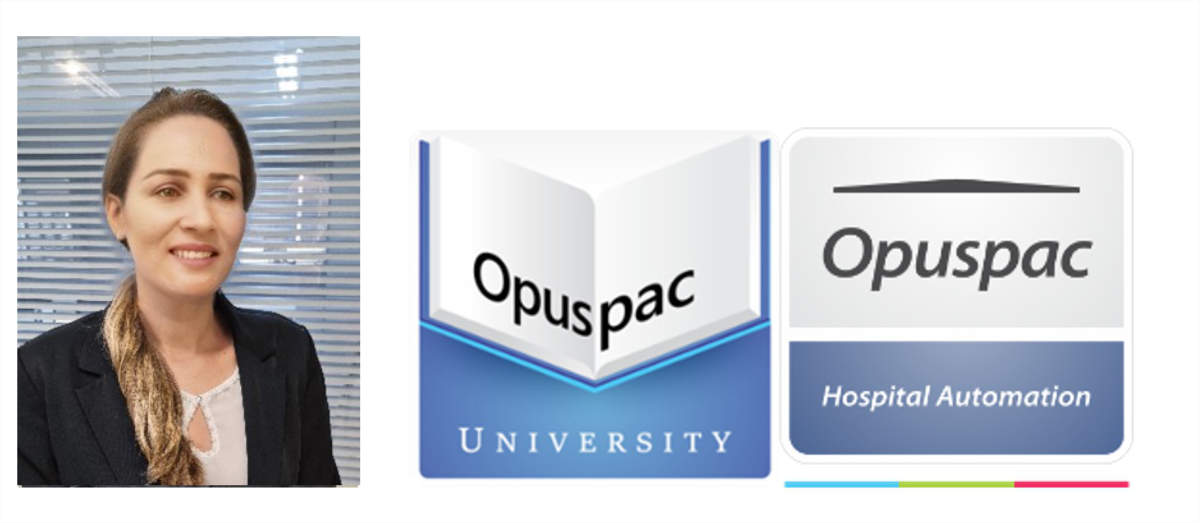
Pharmacist Daniela Faria
